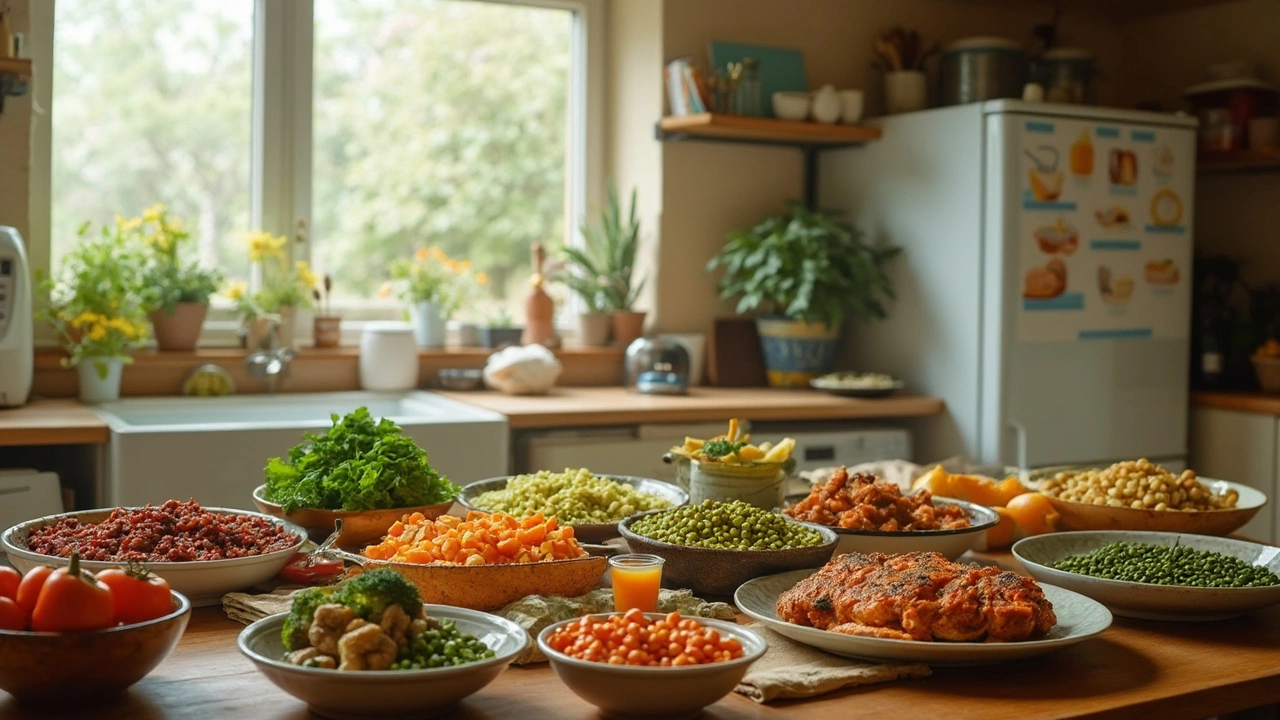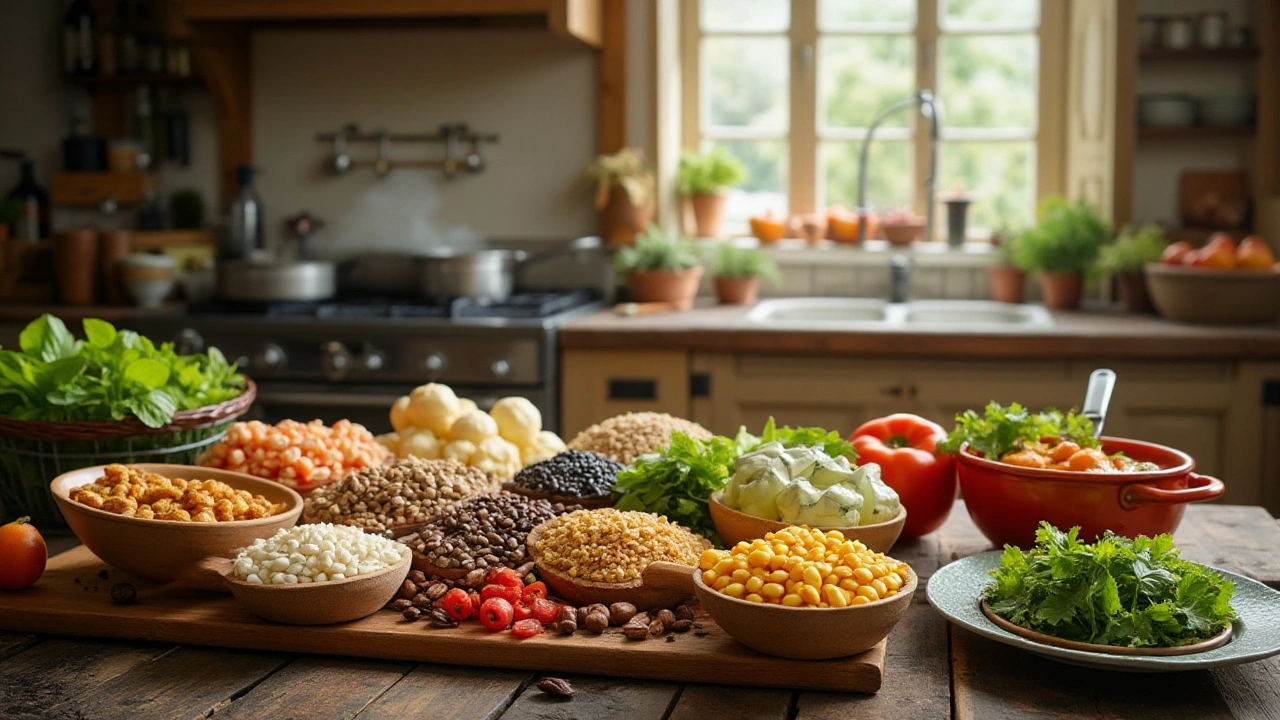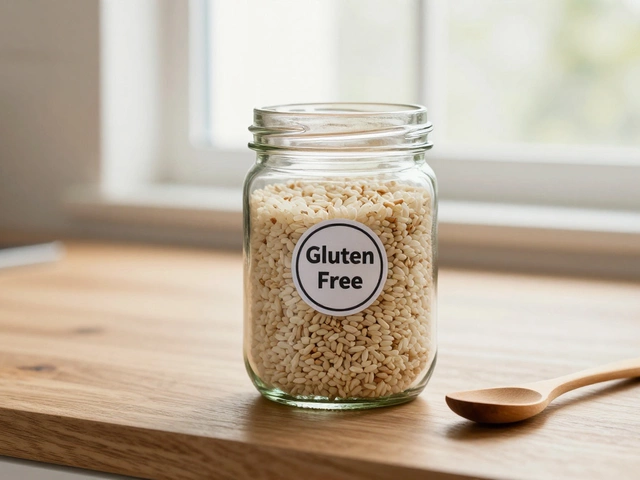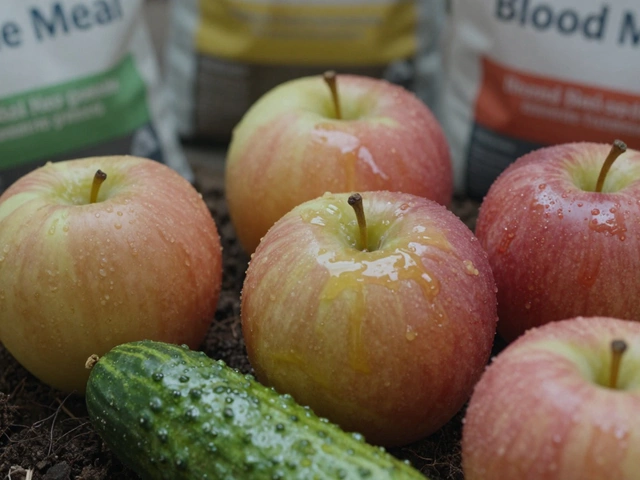Plant‑Based Protein Made Simple and affordable
If you think getting enough protein means splurging on meat, think again. Legumes, beans, tofu, and even some veggies pack a protein punch that won’t break the bank. Below you’ll find quick facts, budget‑friendly swaps, and easy recipes that fit right into a busy kitchen.
Why plant protein works for everybody
Protein is the building block for muscles, skin, and hormones. A cup of cooked lentils gives about 18 g of protein – the same as a small chicken breast. Plus, plants bring fiber, vitamins, and minerals that animal foods often lack. Switching to plant‑based sources can lower cholesterol, help steady blood sugar, and keep your gut happy.
Studies show that people who eat more beans and peas tend to spend less on groceries. A bag of dried beans costs under £1 and stretches across several meals. When you pair beans with whole grains like rice or quinoa, you get a complete amino acid profile without needing a meat protein.
Quick budget swaps and tasty ideas
1. Bean‑rich bowls – Cook a big pot of black beans, add chopped tomatoes, corn, and a splash of lime. Spoon over brown rice or quinoa for a hearty lunch that fuels you for hours.
2. Tofu stir‑fry – Press extra‑firm tofu, cut into cubes, and toss in a hot pan with a bit of oil. Add frozen mixed veg, soy sauce, and a pinch of garlic. Serve with noodles or whole‑wheat wraps.
3. Chickpea snack packs – Roast canned chickpeas with paprika and a drizzle of olive oil. They become crunchy, salty, and perfect for on‑the‑go protein.
4. Lentil soup shortcut – Use the “Healthiest Cheapest Food to Eat” guide: simmer red lentils with carrot, onion, and vegetable broth. Blend for a smooth texture or leave chunky – either way you get a filling soup in under 30 minutes.
5. Peanut‑butter power – A spoonful adds about 8 g of protein. Spread on whole‑grain toast, blend into smoothies, or stir into oatmeal for a quick protein boost.
Want to keep your gut in shape after cutting out meat? The article “What Happens to Your Gut When You Stop Eating Meat?” explains how fiber from beans feeds good bacteria, reducing bloating and improving digestion. Add a probiotic‑rich side like sauerkraut or kefir to balance the transition.
Remember, variety is key. Rotate lentils, peas, tofu, tempeh, and nuts throughout the week to avoid taste fatigue and to cover a broader range of nutrients.
Bottom line: plant‑based protein is cheap, tasty, and easy to fit into any meal plan. Grab a bag of beans, a block of tofu, or a jar of peanut butter and start building stronger, healthier meals today.

Best Vegetables with Protein That Rival Meat: Plant-Based Protein Power
by Landon Weathers / 26 Jun 2025Discover which vegetables are actually equal to meat for protein and nutrition. Get practical tips, interesting facts, and easy ways to boost your meals with high-protein veggies.

Delicious Protein Sources for Vegetarians: A Complete Guide
by Landon Weathers / 17 Jan 2025Vegetarians often face the challenge of getting enough protein in their diets without meat. Luckily, there are plenty of plant-based foods that are not only rich in protein but also delicious. From legumes and nuts to grains and soy products, these protein sources can be easily incorporated into tasty meals. Knowing how to balance these foods can help maintain a nutritious diet while enjoying the vegetarian lifestyle.




